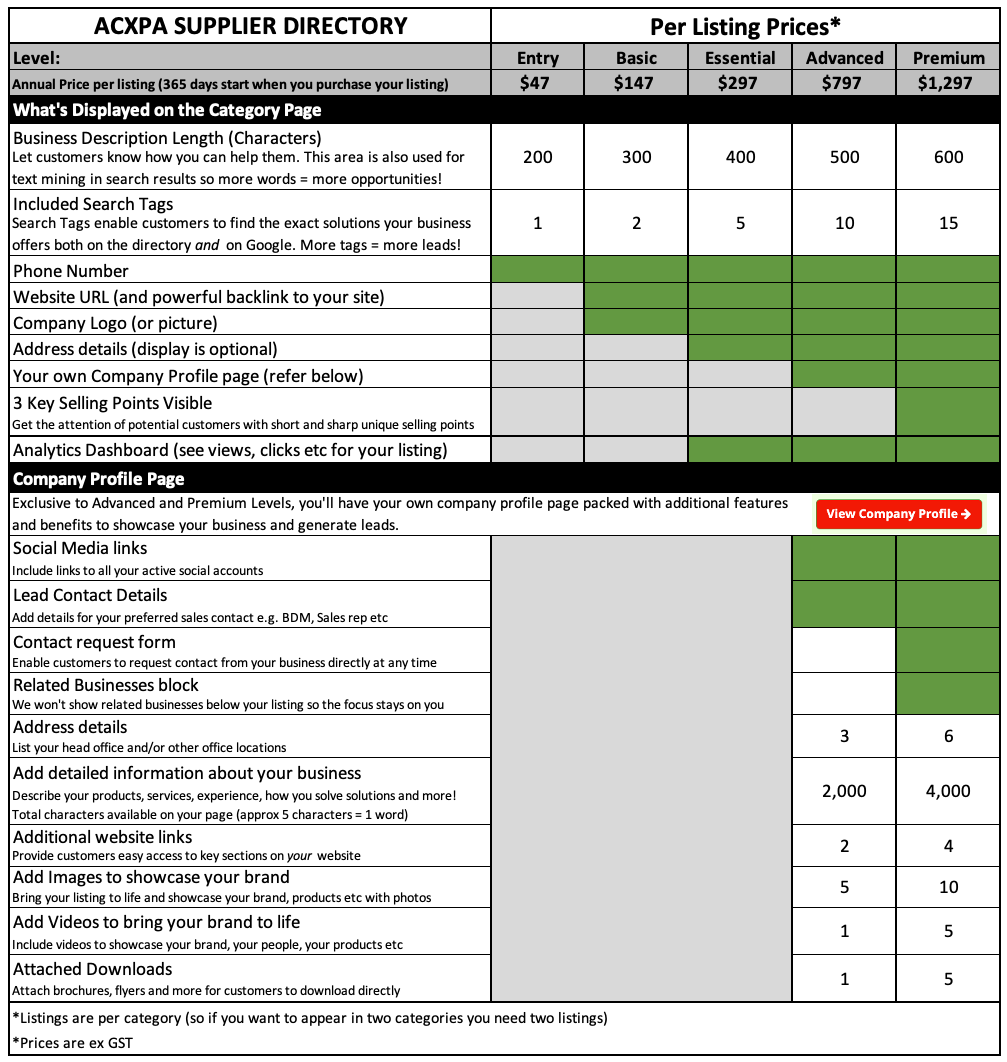Why Call Centre Forecasting Software is Essential
Labour is the most expensive component of running any contact centre, so it makes sense to use those resources effectively and efficiently.
Call centre forecasting is the process of predicting future call volumes and customer interactions to ensure that the right number of agents are scheduled to handle the expected workload.
It involves analysing historical data and considering factors such as seasonality, marketing campaigns, product launches, and other variables that can influence call volume.
Specialist call centre forecasting software enables you to 'predict' future demand for your contact centre and then align your rosters to best suit that demand.
Most forecasting software designed for call centres takes historical data and combines it with your local HR policies (e.g. maximum shift times, overtime rates etc), to produce rosters that will enable you to maximise efficiency with your available resources to get the best outcome for your business.
As of 2024, 36% of contact centres are still using Microsoft Excel to create their staffing requirements/forecasts, with 60% using call centre forecasting software that uses Erlang formulas and is typically part of a workforce management technology suite.
Key Elements of Call Centre Forecasting
There are a number of elements to call centre forecasting, including:
Historical Data Analysis: Uses past call volume data to identify trends and patterns, which form the basis for predicting future demand.
Seasonality: Takes into account seasonal fluctuations, such as increased calls during holiday seasons or sales periods, to adjust staffing levels accordingly.
External Factors: Considers external influences like marketing campaigns, product launches, or service updates that may lead to spikes in call volume.
Trend Analysis: Identifies long-term trends in customer behaviour that can impact call volume, such as the growing use of digital channels or changes in customer service needs.
Advanced Modelling: Utilises statistical models and algorithms, sometimes enhanced by artificial intelligence, to create more accurate forecasts.
Real-Time Adjustments: Allows for real-time updates and adjustments based on actual call volume compared to the forecast, ensuring that staffing levels remain aligned with demand.
Of course, we've overly simplified it, and there is a lot more free information available on the ACXPA website, including a free Erlang C Calculator, which is the formula that forms the backbone of all call centre forecasting.
If you need help developing or optimising your Workforce Optimisation strategy, search specialist WFM Consultants >
Search Suppliers of Call Centre Forecasting Software
Contact the WFM technology specialists below or use the search filters to find other WFM or contact centre technology solutions.
